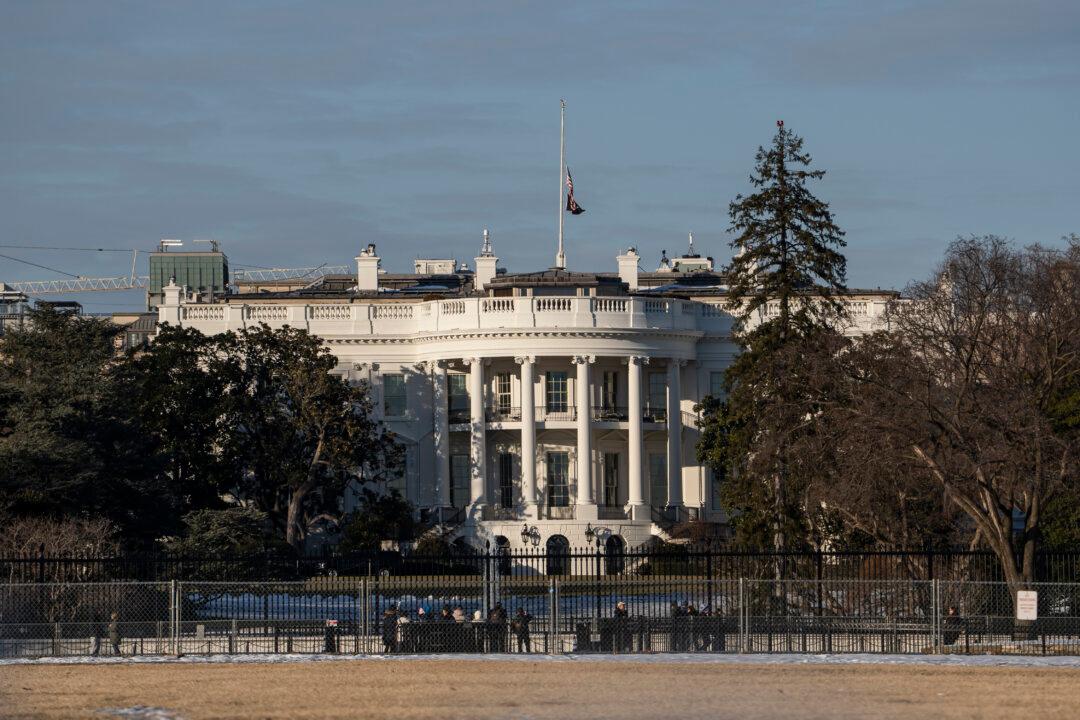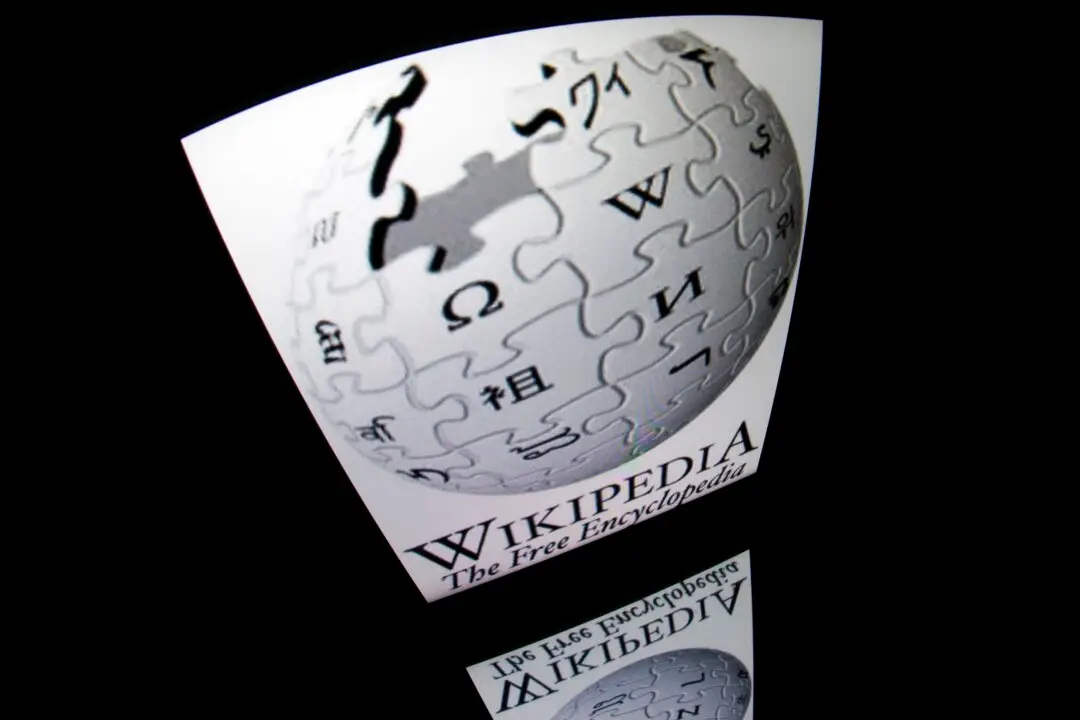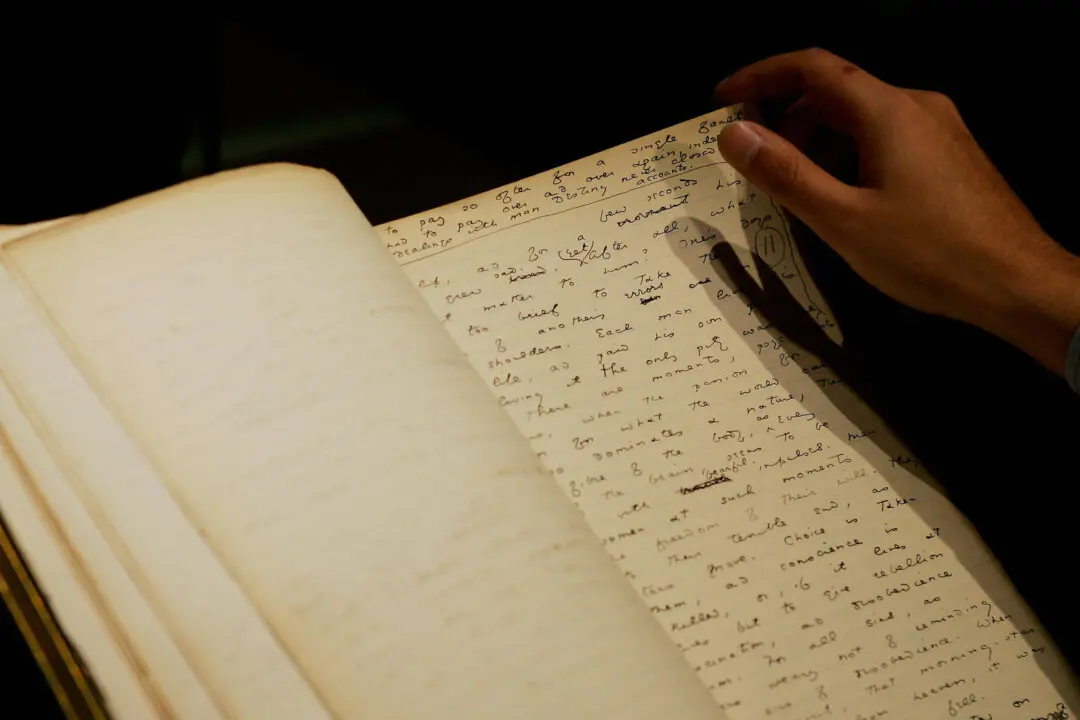Commentary
Like everyone, in my early years of public school, I learned that there are three branches of government and that they are equally weighted to balance each other out. In this way, government as a whole is tasked with policing itself. The ultimate check is the voters, who elect the president and Congress, which was originally structured to be bicameral.





